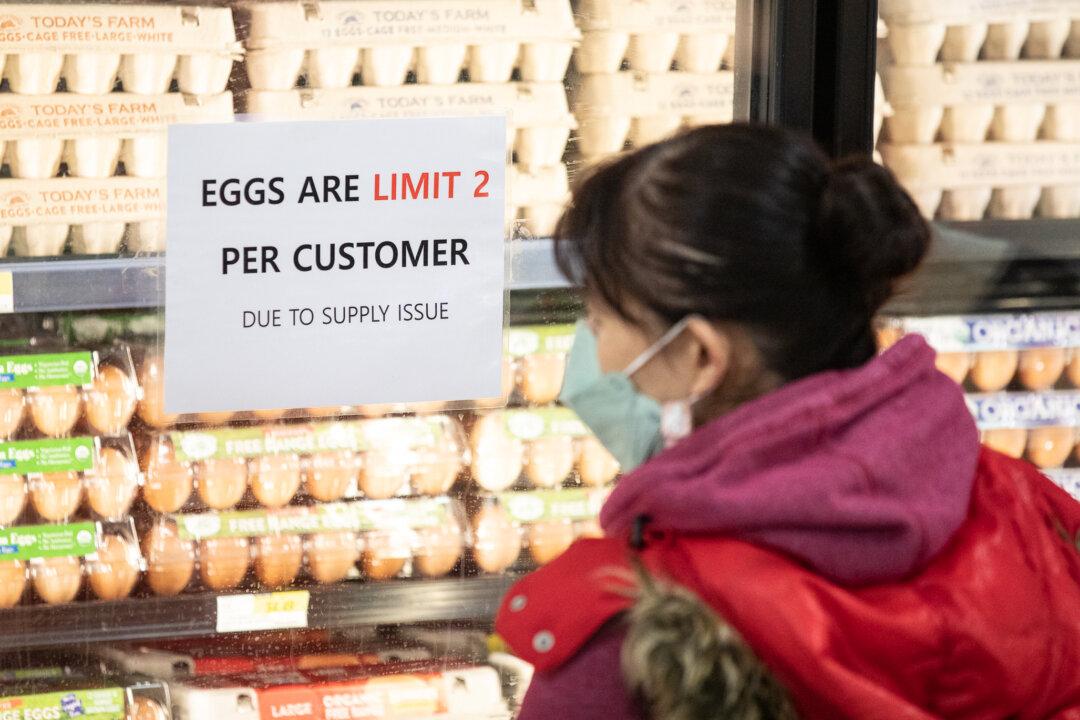The U.S. annual food inflation rate slowed to a seven-month low of 10.4 percent in December 2022, down from 10.6 percent in November 2022, according to the Bureau of Labor Statistics (BLS). Similar to prior months, food prices rose at a faster rate than overall inflation (6.5 percent).
Household grocery budgets still face tremendous pressure as supermarket prices remained elevated at 11.8 percent, and rose 0.2 percent month over month.





